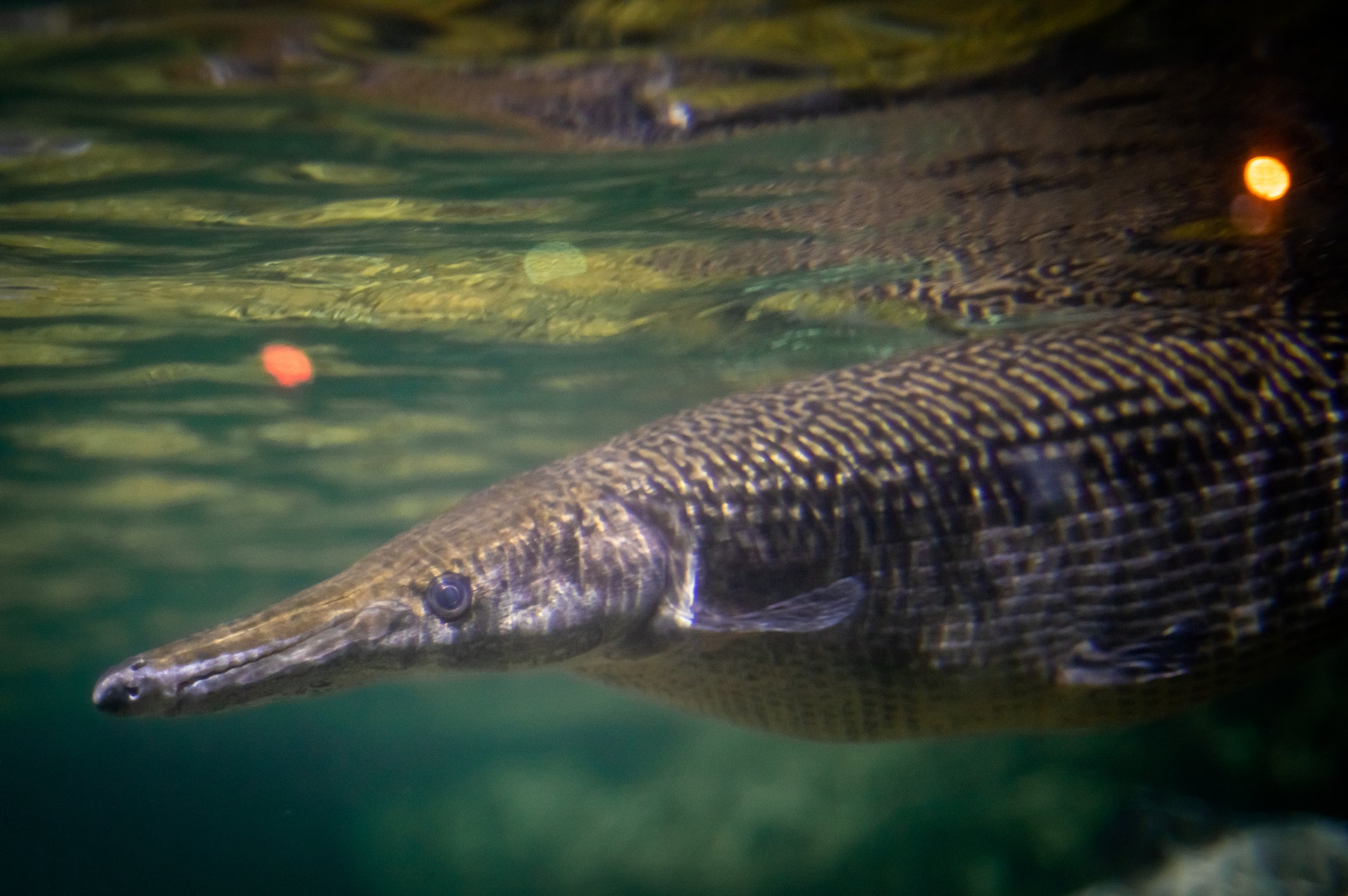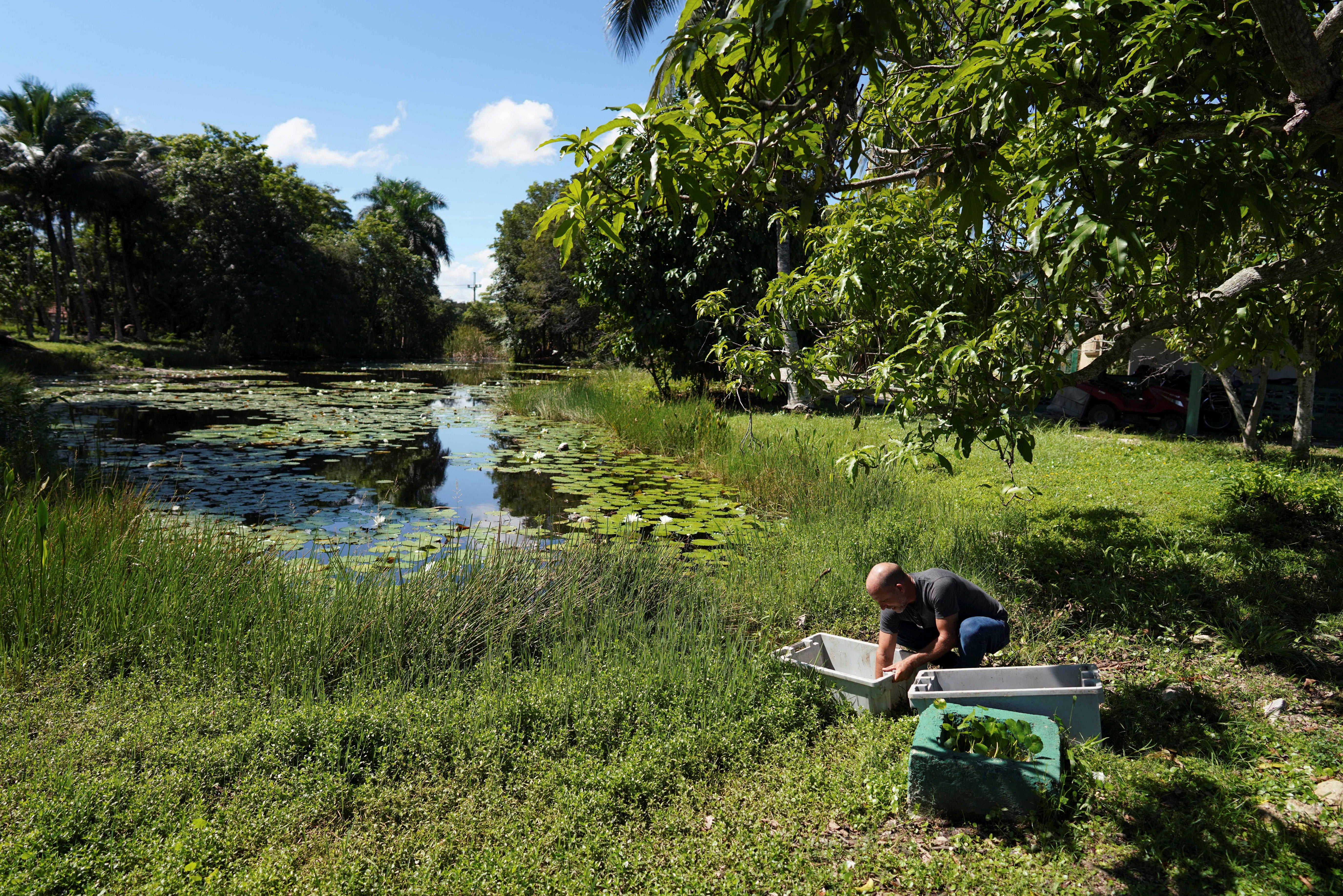- News
- World
- Americas
The young fish are about the size of a small pencil
Alien FernandezMonday 24 November 2025 11:32 GMTComments open image in galleryManjuari, also known as the Cuban gari, is found in rivers and lakes of western Cuba. Cuban gar eggs are poisonous for humans (Getty Images/iStockphoto)
open image in galleryManjuari, also known as the Cuban gari, is found in rivers and lakes of western Cuba. Cuban gar eggs are poisonous for humans (Getty Images/iStockphoto)
The latest headlines from our reporters across the US sent straight to your inbox each weekday
Your briefing on the latest headlines from across the US
Your briefing on the latest headlines from across the US
 Email*SIGN UP
Email*SIGN UPI would like to be emailed about offers, events and updates from The Independent. Read our Privacy notice
Deep within the mosquito-ridden Zapata Swamp, the Caribbean's largest intact wetland, a dedicated restoration effort is underway to save the manjuari, or Cuban gar, from extinction.
This humble initiative targets a unique species facing critical threats.
Park biologist Andres Hurtado, fending off a descending swarm of mosquitoes, describes the gar as "a jewel among Cuban fishes."
He adds, "They’re a biological relic that has lived 140 or 150 million years and only now is at critical risk of extinction."
The garfish, a long, slender creature with a snout filled with sharp teeth, was officially classified as "critically endangered" on the International Union for Conservation of Nature (IUCN) red list in 2020.
Its sudden and precipitous decline stems from centuries of exploitation, significant habitat loss, and the devastating 1999 introduction of the African Walking Catfish, a voracious invasive species that has ravaged the once-pristine swamp.
 open image in galleryZapata Swamp is the Caribbean's largest intact wetland (Reuters)
open image in galleryZapata Swamp is the Caribbean's largest intact wetland (Reuters)Hrtado's answer to these pressing challenges began at a hatchery situated near the wetland.
There, his team devised a method to reproduce the finicky manjuari and produce the food necessary to rear them before releasing them into the wild to bolster the swamp's ailing population.
Isolation, mosquitoes, shortages of supplies and the fish’s reclusive habits make it difficult, if not impossible, to precisely gauge the project's progress.
The young fish are about the size of a small pencil. Dark and camouflaged, they hide among impenetrable tangles of mangrove roots and are quickly lost upon release.
 open image in galleryThe garfish, described as long, slender, its snout filled with sharp teeth, is considered ‘critically endangered’ (Poleta33/Wikimedia)
open image in galleryThe garfish, described as long, slender, its snout filled with sharp teeth, is considered ‘critically endangered’ (Poleta33/Wikimedia)There are signs the project may be doing some good, scientists say.
"Local fishermen tell us the manjuari are here," said Eduardo Abreu, an administrator at the Cienaga de Zapata National Park.
"Perhaps they are not as abundant as in the past, but they are here, and there is an established population."
More about
FishExtinctionCubaInternational Union for Conservation of NatureMosquitoesJoin our commenting forum
Join thought-provoking conversations, follow other Independent readers and see their replies
Comments


